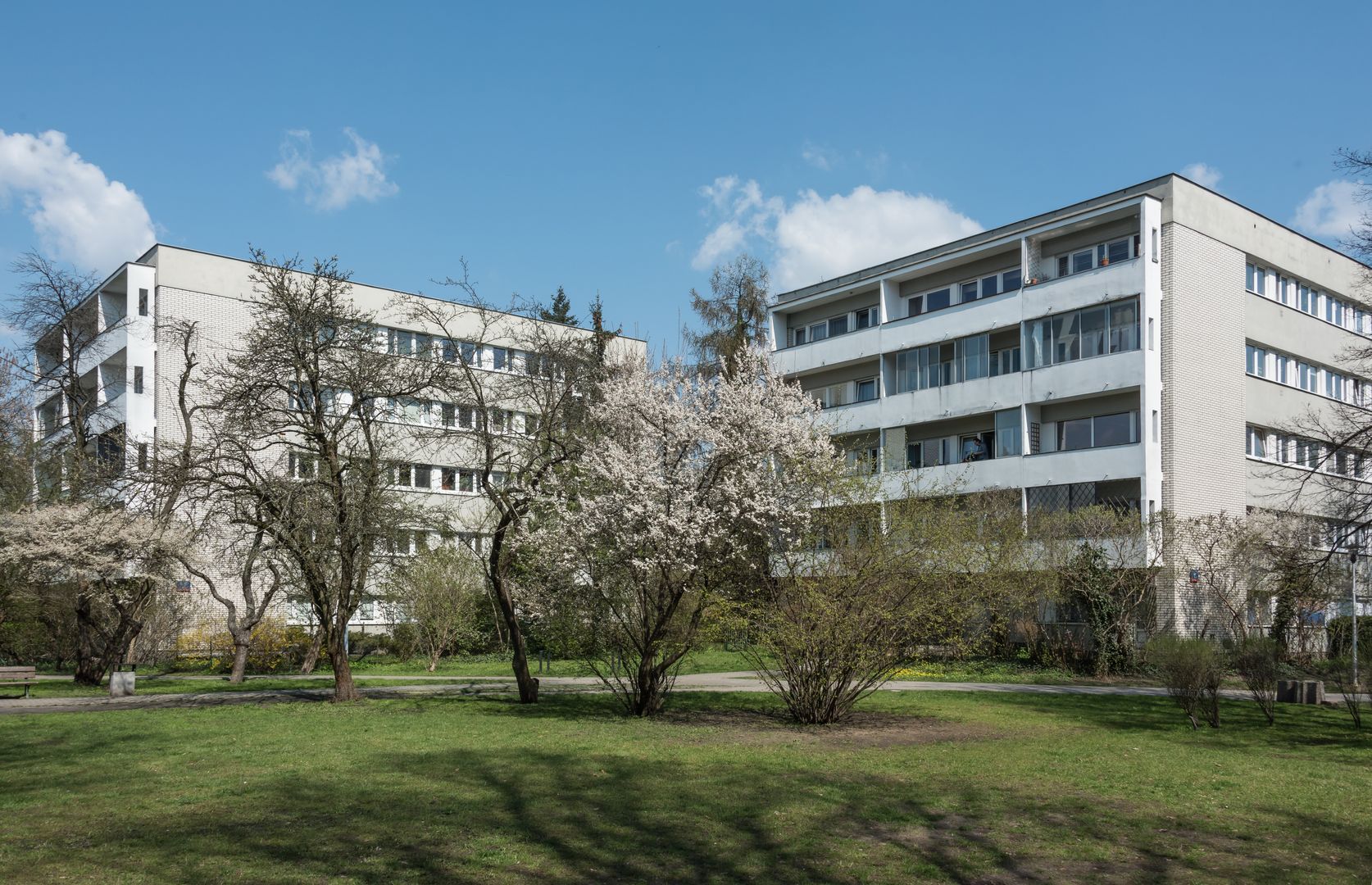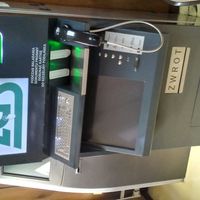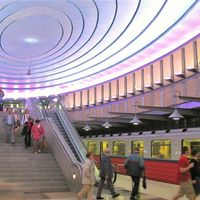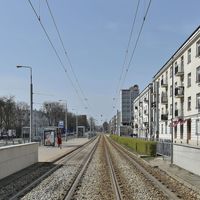Sady Żoliborskie
6.4

Overview
Sady Żoliborskie is a housing estate located in the Żoliborz district of Warsaw, bounded by Armii Krajowej Avenue, Jana Pawła II Avenue, Słowackiego Street, and a railway siding. The area features significant landmarks such as the Powązki Military Cemetery, the Industrial Chemistry Institute, and the Marymont metro station. The history of Sady Żoliborskie dates back to the late 1950s, when plans were made for a large housing development called "Żoliborz Zachodni." Due to design changes, two separate estates were created: Sady Żoliborskie, consisting of five colonies, and Zatrasie. Architect Halina Skibniewska, while designing the estate, preserved many existing fruit trees and introduced intimate development with spacious, row-style blocks. The buildings are low-rise and surrounded by greenery; one of them, a high-rise on Krasińskiego Street, was awarded the title of "Mister of Warsaw" in 1961. During construction, the so-called "Warsaw unification" was implemented, resulting in monotonous structures in later parts of the estate. In 1992, the Sady Żoliborskie park was established on the site of former allotment gardens, enhancing the recreational offerings of the area. Sady Żoliborskie is an example of modernist architecture with Scandinavian influences, where greenery and shared spaces play a significant role, emphasizing the intimate character of the area. The estate combines residential, cultural, and educational functions, making it an interesting place to live in Warsaw.
Location
Tickets
Powered by GetYourGuide
You can also find here:
2025 Wizytor | All Rights Reserved




